detail profile bigas luna

Bigas Luna
Josep Joan Bigas Luna
atau dikenal sebagai
Riwayat Hidup
Bigas Luna was a Spanish film director.
He began his professional career in the design world, creating the 'Estudio Gris' with Carlos Riart in 1969.
In his earlier exhibitions, at the beginning of the sixties, he showed a great interest in conceptual art and the emerging visual technologies.
Esteemed as an atypical director in the Spanish cinema, in 1986 he retired to Tarragona in order to devote his time to painting.
In 1990 the producer Andrés Vicente Gómez persuaded him to return to cinema and entrusted to him the direction of 'Las edades de Lulú', a film which reached the general public.
Without abandoning his dedication to painting and photography, reflected in numerous exhibitions, he began the well-known 'Trilogía Ibérica' with 'Jamón Jamón', 'Huevos de Oro' and 'La teta y la luna'.
Subsequently, with the short film for internet 'Collar de Moscas' (2001), he revived his interest in avant-garde experimentation and audiovisual formats and at the same time he discovered a vocation for the investigation of digital cinema after the creation of the 'Taller Bigas Luna' project with Catalina Pons in 1999.
The experience in the Taller introduced them to the world of new technologies and in 2002 they promoted PLATAFORM BL, dedicated to the creation and promotion of innovative projects and new talents.
Despite being catalan, he is a lover of the aragonese culture.
He re-designed an old folkloric cabaret café 'El Plata' in Zaragoza.
Info Pribadi
Peran Yang Di Mainkan Bigas Luna
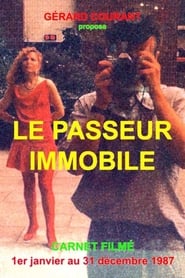 Le Passeur immobile which covers the...
Le Passeur immobile which covers the...Le Passeur immobile 2021
Le Passeur immobile, which covers the year 1987, is a Booklet filmed stuck between The Days and the Nights (1986) and The Artifice and the Fake (1988). These Notebooks have been punctuating my activity as a filmmaker for about fifteen years. They are like a life parallel to my other films and film series (Cinema, Group Portrait, Read, etc.). They are also like a letter to the spectators.
 After a massive destruction on Earth...
After a massive destruction on Earth...Second Origin 2015
After a massive destruction on Earth, a white girl Alba (14) and a black boy Didac (9), are the only survivors on the Earth. They must start a new world. A Second Origin. Population is over. There are only two survivors. Now, our future depends on them.
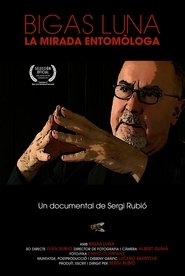 An exploration of the world and...
An exploration of the world and...Bigas Luna: The entomologist gaze 2008
An exploration of the world and the work of the most international Catalan filmmaker through the director's entomological vision and his portrayal of the characters and themes he loves and hates.
 How are the sex scenes filmed...
How are the sex scenes filmed...Sexo en el plató 2007
How are the sex scenes filmed? What tricks are used to fake the desire? How do the interpreters prepare and feel? Spanish actors and directors talk about the most intimate side of acting, about the tricks and work methods when narrating exposed sex. In Spain the general rule is that there are no rules. Each film, each interpreter, faces it in very different ways.
 Son de Mar English Sound of...
Son de Mar English Sound of...Sound of the Sea 2001
Son de Mar (English: "Sound of the Sea") is a 2001 Spanish drama / erotic film directed by Juan José Bigas Luna based on the novel of the same title by Manuel Vicent. It revolves around Ulises (Jordi Mollà), who comes to a fishing village to teach literature at a local high school. During his stay he falls in love with Martina (Leonor Watling), the daughter of his landlord. Sierra (Eduard Fernández), a rich businessman, also falls in love with her and fruitlessly tries to win her heart.
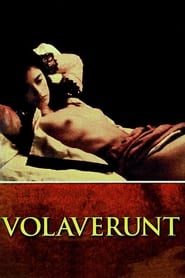 The story revolves around Goyas womanising...
The story revolves around Goyas womanising...Volaverunt 1999
The story revolves around Goya's womanising and the mysterious death of the Duchess of Alba at the end of the 18th and beginning of the 19th Centuries, at a time when Madrid was wobbling through a difficult time and setting the scene for the following Prim vs Crown uprising.
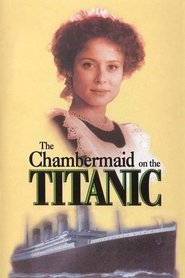 Horty a French foundry worker wins...
Horty a French foundry worker wins...The Chambermaid on the Titanic 1997
Horty, a French foundry worker, wins a contest and is sent to see the sailing of the Titanic. In England, Marie, saying she is a chambermaid on the Titanic and cannot get a room, asks to share his room. They do, chastely; when he awakens, she is gone, but he sees her at the sailing and gets a photo of her. When he returns home, he suspects that his wife Zoe has been sleeping with Simeon, the foundry owner. Horty goes to the bar, where his friends get him drunk and he starts telling an erotic fantasy of what happened with him and Marie, drawing a larger audience each night.
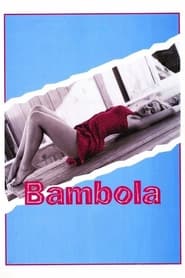 Her name is Mina but she...
Her name is Mina but she...Bambola 1996
Her name is Mina, but she is called Bambola (doll). Upon the death of her mother, she and her homosexual brother, Flavio, open a pizzeria. A man named Ugo loans Bambola the money, but is then killed in a fight with another one of her boyfriends, Settimio. While visiting Settimio in jail, she meets a sadistic man named Furio, and they begin a relationship.
 40 international directors were asked to make...
40 international directors were asked to make...Lumière & Company 1995
40 international directors were asked to make a short film using the original Cinematographe invented by the Lumière Brothers, working under conditions similar to those of 1895. There were three rules: (1) The film could be no longer than 52 seconds, (2) no synchronized sound was permitted, and (3) no more than three takes.
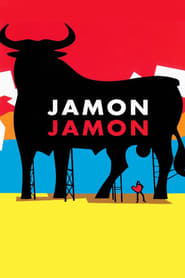 Jos Luis has a cushy corporate...
Jos Luis has a cushy corporate...Jamon Jamon 1992
José Luis has a cushy corporate job at the lingerie factory his mom owns. After he falls in love and proposes to Silvia, a beautiful laborer on the underwear assembly line, his mom enlists Raul, a potential underwear model and would-be bullfighter, to seduce Silvia.
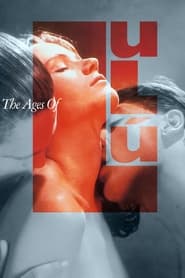 Fifteenyearold Lulu has never known any...
Fifteenyearold Lulu has never known any...The Ages of Lulu 1990
Fifteen-year-old Lulu has never known any affection from her family. But when she goes to a rock concert with Pablo, a friend of the family, he introduces Lulu to her first sexual experience. Years later, Pablo and Lulu have married; Pablo has created a sheltered, private world for Lulu, into which nothing intrudes. However, Lulu tires of her cloistered existence, and begins hanging out in shady bars, looking for vicarious thrills and danger.
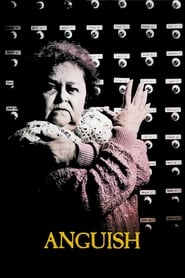 An ophthalmologists assistant with an unhealthy...
An ophthalmologists assistant with an unhealthy...Anguish 1987
An ophthalmologist's assistant with an unhealthy interest in human eyeballs goes on a killing spree to collect eyeballs for his overbearing mother's collection. Reality soon takes a bizarre turn, both for the characters and the audience.
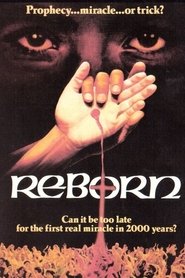 A man discovers that his girlfriend...
A man discovers that his girlfriend...Reborn 1981
A man discovers that his girlfriend is a "stigmata" (someone whose hands and feet mysteriously bleed in the same places where Jesus Christ was crucified) and tries to keep her out of the hands of a greedy TV preacher who plans to exploit her to make money for himself.
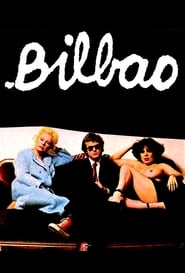 A disturbed middleaged man is obsessed...
A disturbed middleaged man is obsessed...Bilbao 1978
A disturbed middle-aged man is obsessed by a dancer and prostitute and abducts her, with tragic consequences.
 Bar worker Diana Diaz leaves Madrid...
Bar worker Diana Diaz leaves Madrid...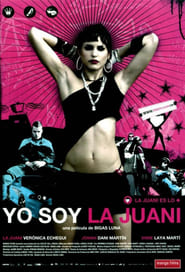 A pair of women leave their...
A pair of women leave their... A child does not stand the...
A child does not stand the...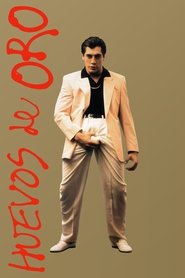 A libidinous construction worker uses his...
A libidinous construction worker uses his... Lola is a young woman who...
Lola is a young woman who...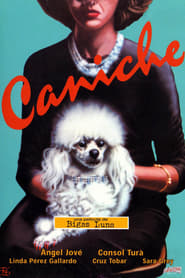 Bernard and his sister Eloisa live...
Bernard and his sister Eloisa live...